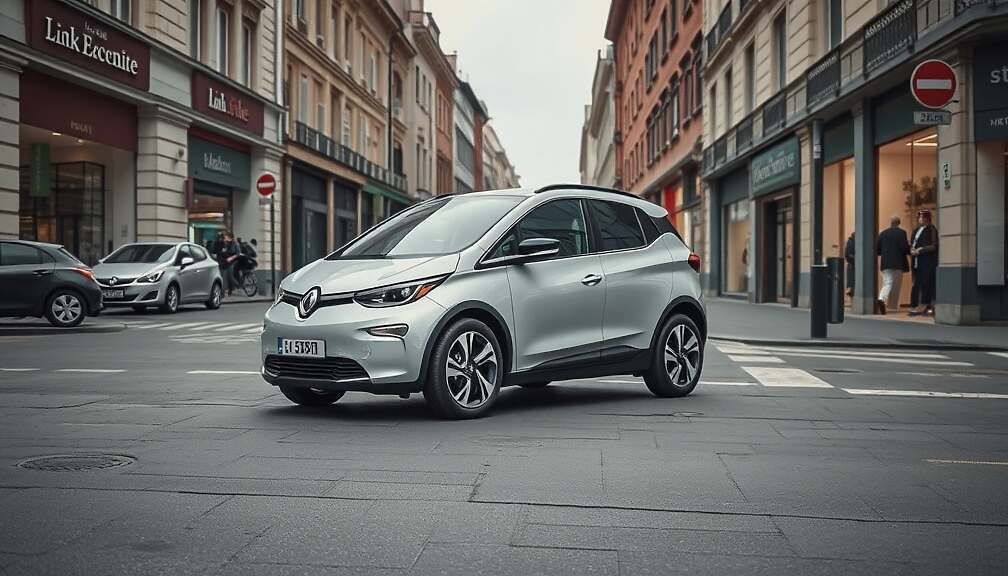The divergence in electric vehicle (EV) sales performance across Europe’s leading automotive groups is exposing vulnerabilities in the industry’s transition to zero-emission vehicles and raising concerns about compliance with increasingly stringent EU regulations. Data from S&P Global Mobility, based on 96% real-world sales figures, reveals significant disparities in battery electric vehicle (BEV) market share within the first nine months of this year. BMW, encompassing its Mini and Rolls Royce brands, leads the pack with a 24.5% BEV share, followed by Volkswagen at 16.8%. Mercedes-Benz achieved 15.2%, while Stellantis, the second-largest automotive group, lags considerably with a mere 10.5% BEV share.
This reluctance by automakers to publicly disclose precise EV sales figures stems from the implications for assessing compliance with the EU’s evolving CO2 fleet emission standards. Automotive groups are acutely aware that publicly released data can be used to infer their probability of incurring substantial financial penalties if they fail to meet the targets. The commonly accepted benchmark for adhering to these regulations sits at a minimum BEV share of 20%, a threshold that Stellantis, in particular, appears to be struggling to consistently achieve.
The tightening regulations, slated to enforce a fleet average of 93.6 grams of CO2 per kilometer (equivalent to a fuel consumption of 4.1 liters of gasoline or 3.6 liters of diesel per 100 kilometers) for all new vehicle registrations from 2025 onwards, represent a formidable challenge for manufacturers. Achieving these targets through conventional combustion engines is practically unattainable, necessitating a dramatic shift towards electric mobility. The regulatory framework acknowledges this, with differentiated emission caps based on vehicle weight – lower thresholds for companies like Stellantis, which produce relatively lighter vehicles.
A temporary easing of the 2025 target, requiring an average across 2025-2027, was implemented to provide a degree of flexibility for manufacturers. However, the stark differences in performance currently observed are fueling debate surrounding the effectiveness of the phased approach and raising questions about the long-term viability of compliance strategies, especially for automakers like Stellantis who may need more significant structural and investment overhauls to meet these legally binding commitments and avoid potentially crippling fines. The data highlights a critical juncture for the European automotive landscape, where market share and regulatory pressure are inextricably linked.












